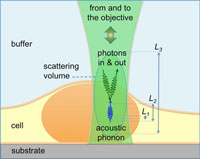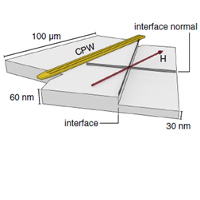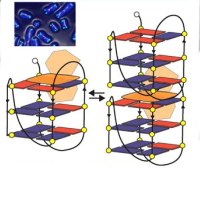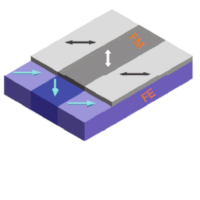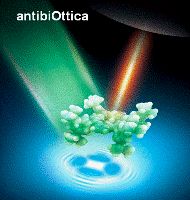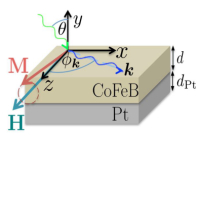Oxide MBE
The oxide molecular beam epitaxy (Oxide MBE) laboratory, led by research scientist Bruce Davidson, grows nanostructured films of complex oxides whose unusual properties derive from strong electron-electron/electron-lattice interactions.
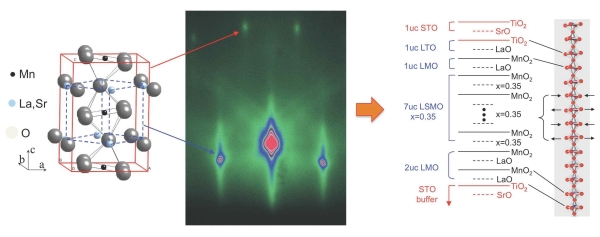
These materials range from high-temperature superconductors to «colossal magnetoresistive» ferromagnets to ferroelectrics and multiferroics, and devices based on them. A large number of these are based on the cubic perovskite ABO3 structure incorporating different transition metal cations in the B-site and mono-, di- and trivalent cations on the A-site, and nanostructuring is accomplished by the careful control over atomic layering during deposition that is possible by oxide MBE.
Oxide MBE is an adaptation of the molecular beam epitaxy technique, originally developed for the growth of compound and elemental semiconductors, with two principal modifications. The first modification is the creation of an oxidizing ambient; in our case, we have chosen pure ozone produced by a distillation process. The second modification is the inclusion of an in situ noninvasive measurement of atomic fluxes in real-time. This is necessary because first, there is often no self-limiting growth mechanism as exists in e.g. GaAs MBE, and second, the oxide phases often have 4 or 5 constituent atoms (plus oxygen), each of which must arrive at the substrate in precise doses (to within ~1% of a monolayer). In addition to these modifications, there is an in situ reflection high energy electron diffraction (RHEED) system that gives surface diffraction information during the deposition of each monolayer. See here for some results of the research activity

